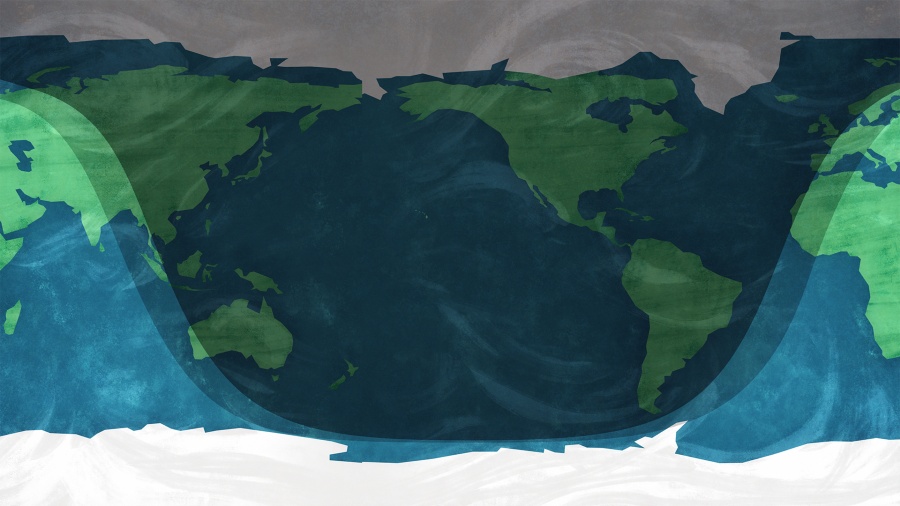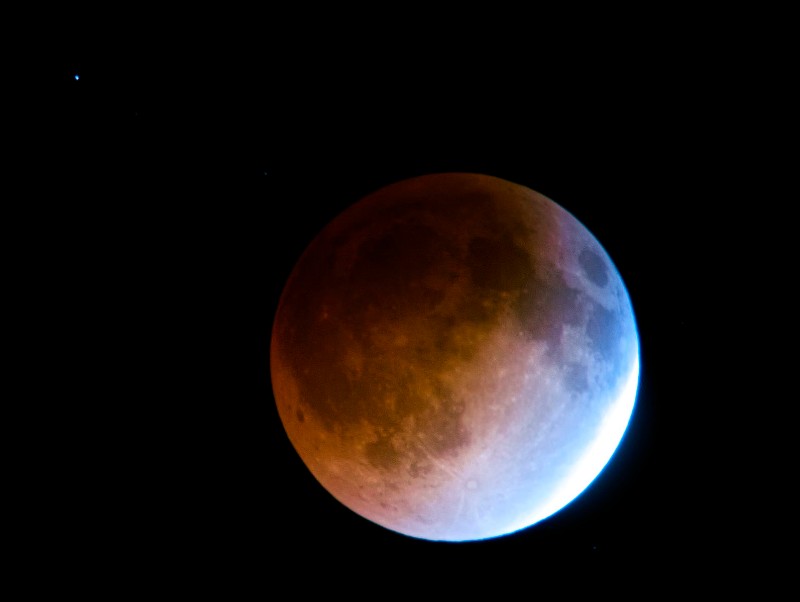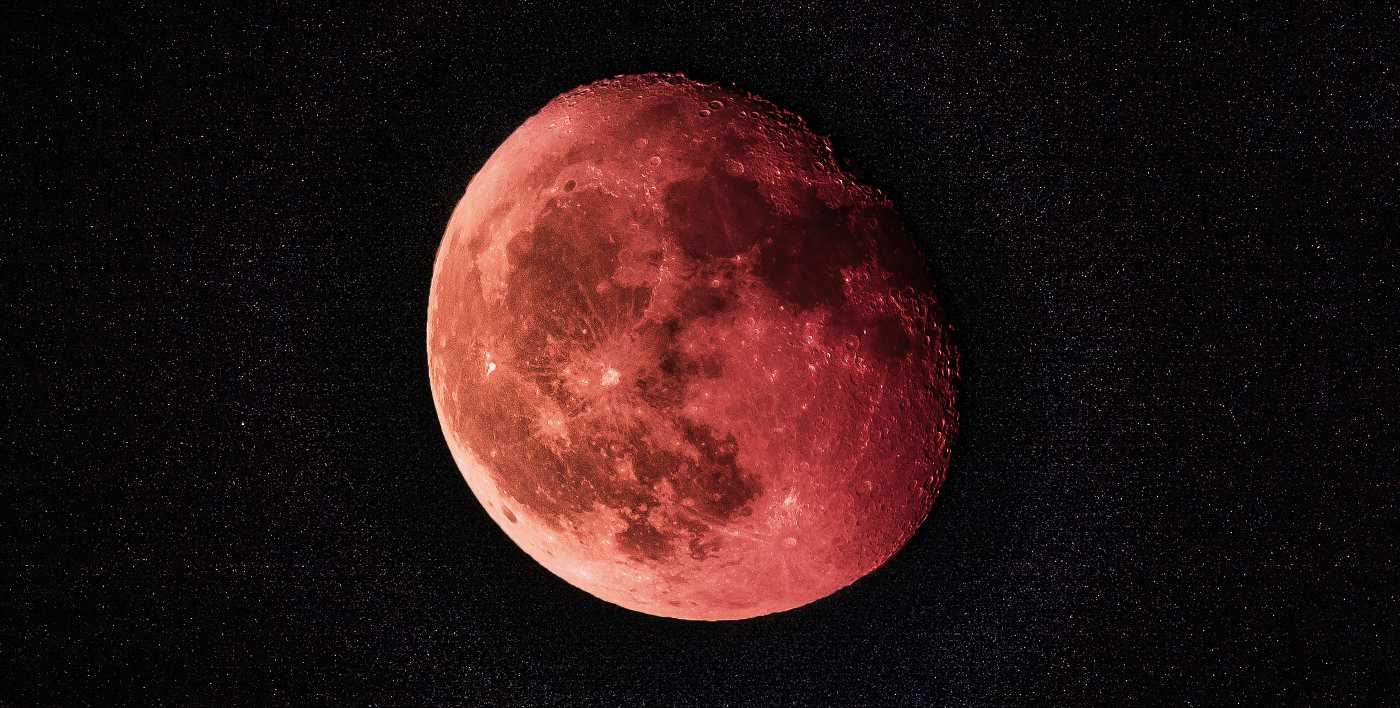Night sky fans, it’s time to prepare for an exciting week—as coming right up is both is longest lunar eclipse of the century, and this year’s Leonids meteor shower.
On Thursday-Friday, November 18-19—look up to see a Blood Moon lunar eclipse, as the full moon slips into the Earth’s shadow over the course of 3 hours and 28 minutes.
While you won’t be experiencing a full lunar eclipse, the event is still set to be spectacular: At its peak, only a small sliver (2.6%) of the moon will remain lit up by the sun.
Eclipse schedule
This partial eclipse will be visible wherever it’s night and the moon is above the horizon.That translates to quite a lot of places around the world, as you can see from this map by NASA.

If you’re in North America, you’re in a prime location for watching the lunar show.
According to NASA, for people on the U.S. East Coast, the partial eclipse begins a little after 2 in the morning, reaching its maximum at 4am—that’s when you’ll really want to be watching the moon.
For those on the West Coast, the partial eclipse begins at 11 p.m., with a maximum at 1 a.m.
RELATED: Here Are Some City-Adjacent Locations For Viewing Celestial Wonders
For times that are accurately tied to exactly where you are, Time and Date has a location-specific lunar eclipse tracker that can be viewed here.
A Blood Moon to remember

This partial eclipse is set to be a great example of what’s known as the Japanese Lantern Effect—in other words, according to Farmer’s Almanac, the surface of the moon will appear the color of glowing copper, gradating down to a beautiful “uneclipsed yellow sliver.”
Bright meteor shower
If the Beaver Moon’s show towards the end of the week isn’t enough, Wednesday morning is set to be the peak for the Leonid meteor shower.
Sighting the Leonids is a yearly occurrence. Centered around the comet Tempel-Tuttle that takes about 33 years to fully orbit Earth, it’s named for the constellation Leo—as the point in the sky where most of the meteors streak from is around the mane of the lion constellation.
Time and Date has an hourly-updating tracker showing where the meteors will be coming from and where they can be seen.
The best time to see bright trails is before dawn on November 17. The only dark spot? That nearly-full moon won’t make it so easy to see meteors.
MORE: A Mathematician Just Made a Musical Album Entirely Composed of Black Hole Wavelengths – Listen
It’s worth looking up, just in case. See you in the nearest dark sky location near you.
Featured image: Christian Ronnel, CC license
GET Those Cozy Clothes Ready and Prepare Friends For Night Sky Happenings…




















